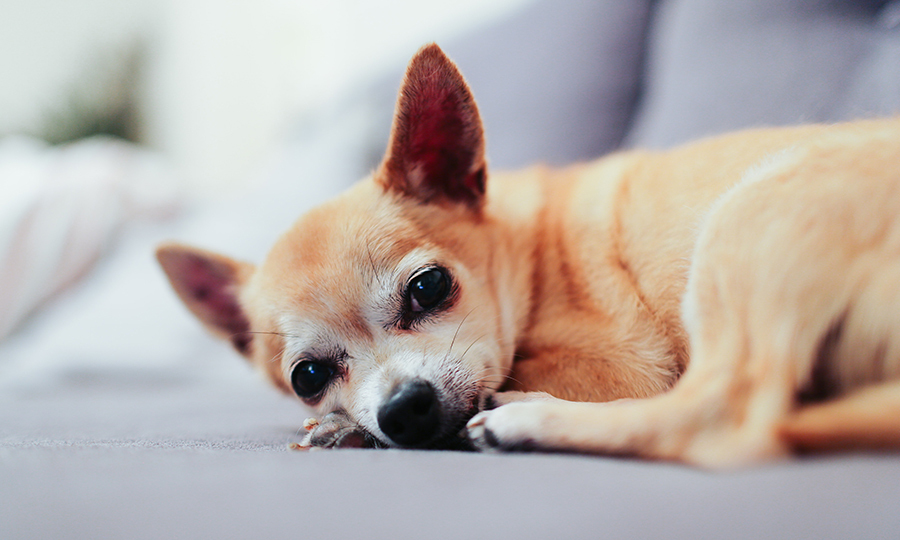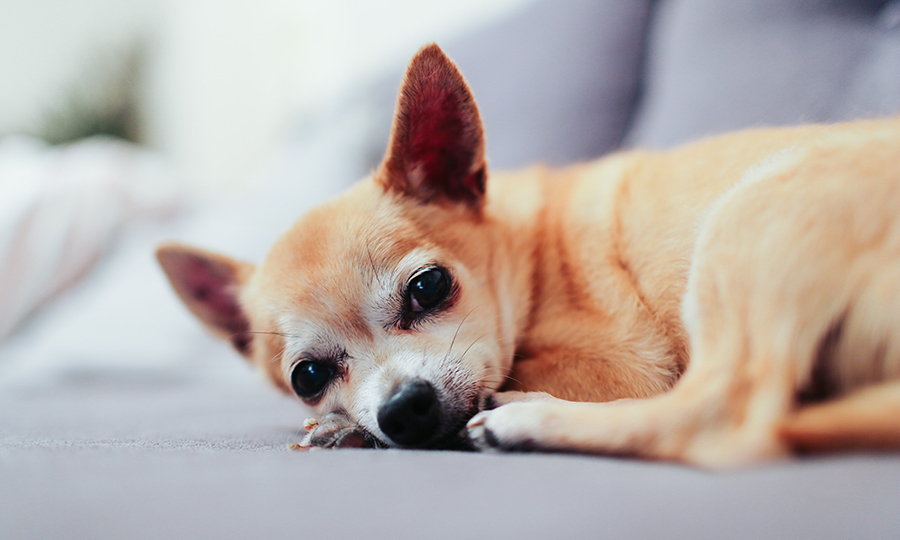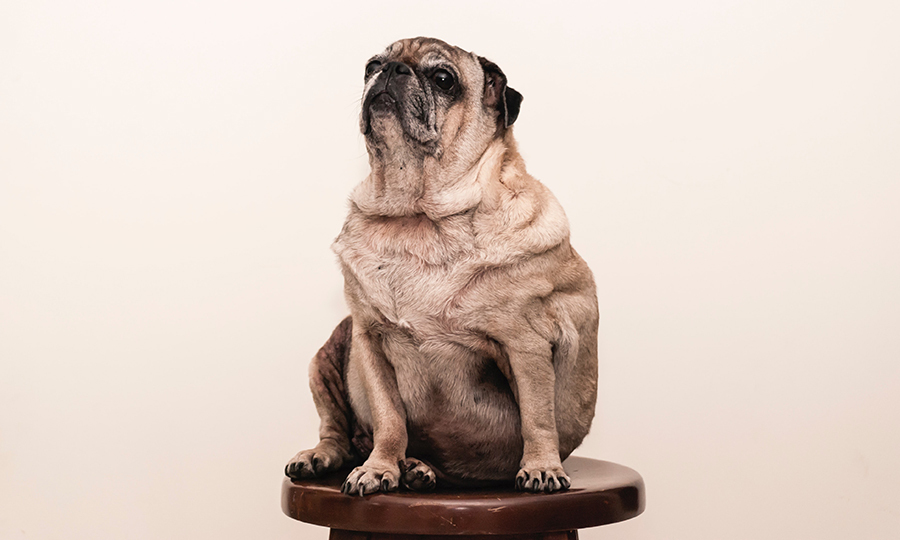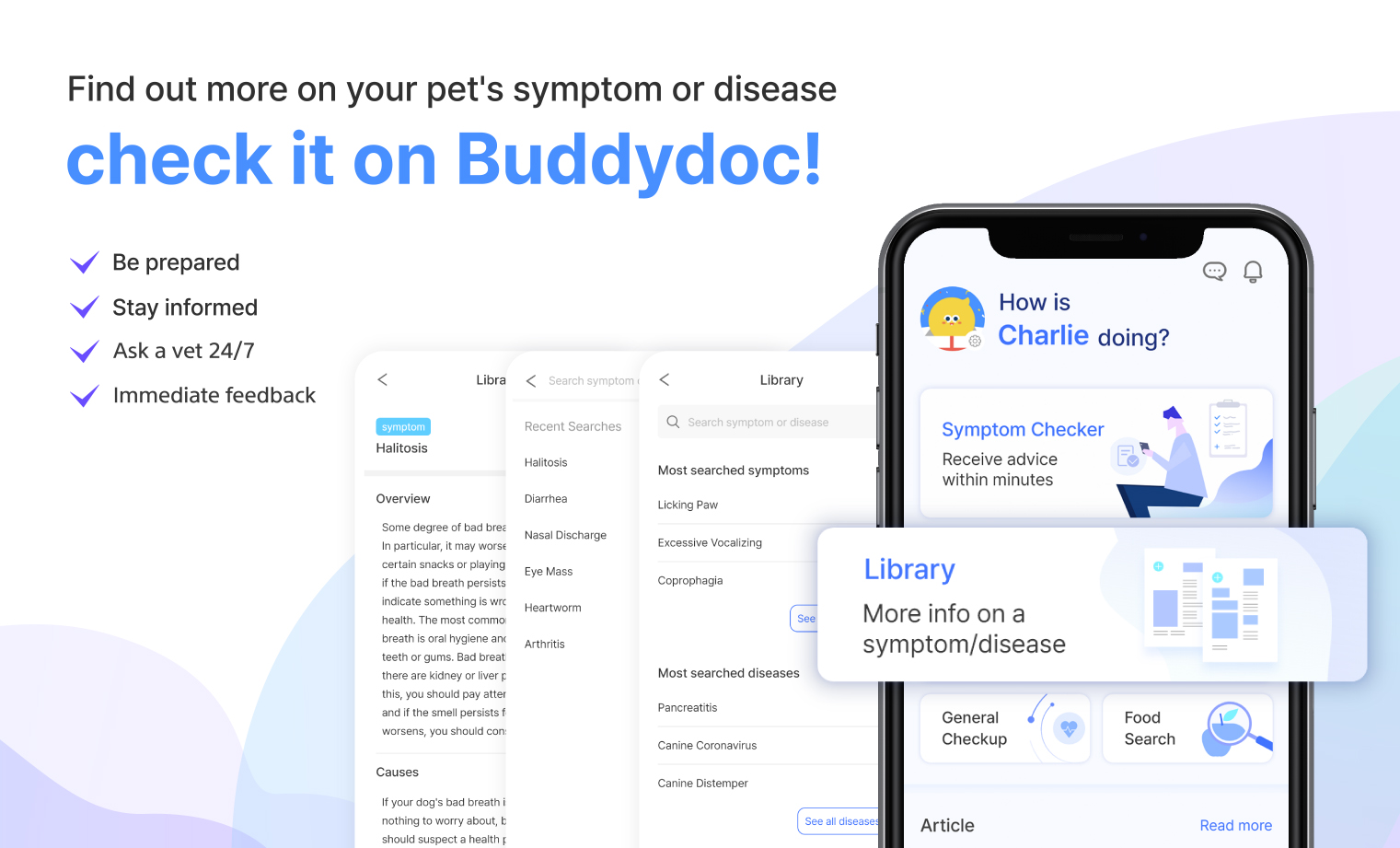DISEASES
Patellar Dislocation in Dogs - Causes and Treatment for Luxating Patel…
페이지 정보
본문


What is patellar luxation or dislocation in dogs?
Patellar luxation is a common disease among dogs, particularly toy breeds such as Chihuahuas, Maltese, Pomeranians, and other small breed dogs. The patella, a small bone that protects the knee joint of the hind legs, is located in the trochlear groove of the femur and sits under the kneecap ligaments. The patella moves up and down in the groove as the dog moves its leg, keeping the ligaments in place. Patellar luxation refers to when the patella knee ligament moves out of its normal position from the center of the shinbone, usually caused by genetic factors or simply due to the trochlear groove wearing out from abnormal movements. This can cause pain and difficulty extending the knee joint in dogs. If you notice your dog limping or carrying one hind leg, you should consult your veterinarian as soon as possible.
Common causes of patellar dislocation in dogs
The underlying cause of a luxating patella in dogs is usually genetics. If a dog is congenitally born with bent legs, they are more likely to develop patellar luxation. Even if a dog is born with normal legs, if they experience abnormal growth during their developing period, they may also develop patella dislocation. Patellar luxation can also occur due to improper positioning of the knee ligament or due to external impact or trauma.
-
Genetic predisposition for luxating patella of small breed dogs
Dogs with congenitally bent legs or a shallow groove where the patella is located are at high risk of patella dislocation. Small dogs and toy breeds such as Chihuahuas, Maltese, Yorkshire Terriers, and Pomeranians have a genetic predisposition to luxating patellas.
-
Abnormal location of knee ligaments
Typically, the knee ligament is located in the center of the shinbone, therefore the patella must be situated in the groove. If the hind legs continue to move while in this position, it can wear out the furrow and worsen patella luxation.
-
Trauma
Patellar luxation can be caused by jumping from a certain height or by physical trauma.
Main symptoms or signs of patellar luxation in dogs
The main symptom of a luxating patella in dogs is the sudden lifting of one of the hind legs, accompanied by signs of pain in the affected limb. Pay close attention to how your dog lifts its hind legs before starting to walk. If there is an abnormality, it may suddenly raise its hind legs very briefly just before walking. Some puppies can tolerate this condition for years without showing any discomfort.
The following symptoms may also appear in dogs with luxating patellas, but may also indicate other orthopedic problems as well.
-
Gait abnormalities
Stiff or awkward gait where the knees do not straighten properly
-
Hunched lower back
-
Bent hind legs when walking
-
Sign of pain when touching their leg or while walking
-
Popping sounds from the knee
Main symptoms or signs of patellar luxation in dogs
If your dog's legs are bowlegged or crooked, they are at greater risk of developing patella luxation. If your pet has suffered any trauma to a hind leg or frequently slips while running on smooth surfaces, your dog may develop a cruciate ligament rupture, leading to patellar dislocation. Abnormal knee movement can cause pain when the surrounding joint or groove becomes worn out, and in severe cases, it can lead to the development of arthritis.
Once arthritis develops, it becomes harder to treat and can affect other structures around your dog’s knee. If symptoms of patellar dislocation are left untreated for a long time, it will get worse, and about 50% of dogs with luxating patellas will eventually develop this condition in both hind limbs.
Home treatments and how to deal with patellar luxation in dogs
If you notice that your dog is walking on its hind legs or is in pain, it is a good idea to limit their movement and avoid activities that could strain their knee joints. Slipping, standing on two feet, or jumping from heights can make symptoms worse, so avoid these hazards by placing non-slip mats around their environment. It is advisable to see a veterinarian as soon as possible for patellar luxation as it will worsen if left untreated.
How is a luxating patella diagnosed in dogs?
For an accurate diagnosis, you should provide your veterinarian with a history of the symptoms associated with your dog's luxating patella, including when the symptom began.
Questions your veterinarian may ask include:
- When did your dog start walking with his legs up?
- Does your dog show any signs of pain in their legs when you touch them?
A physical examination is then performed to palpate the patella in order to determine if it is in its normal position or if it has been dislocated. During this process, the stages of patella dislocation are classified and a radiograph of the leg is taken to evaluate the shape of the leg, determine if the patella is dislocated, and make a diagnosis.
For an accurate diagnosis, the following tests may be performed:
-
Physical examination
A gait test is performed by palpating the dog's hind legs to feel the patella and observing the dog's walking. Through this, it is possible to roughly determine whether there is patella dislocation by looking at whether the patella is missing or whether it returns to its normal position after alteration.
-
Radiograph (X-ray)
A hind limb radiograph can help diagnose patella dislocation.
Four stages of patellar dislocation in dogs
Stage 1: The patella is in its normal position and can be dislocated manually, but returns to its normal position on its own after pressure is released.
Stage 2: The patella is easily dislocated manually but does not return to its normal position on its own.
Stage 3: The patella dislocates on its own but can be returned to normal position by hand.
Stage 4: The patella is permanently dislocated and cannot be returned to its normal position by hand.
Treatment for luxating patella in dogs
The most radical treatment for luxating patella in dogs is surgery. Patellar luxation in the early stages can be managed with environmental improvements or medication without the need for surgery, but in most cases, surgery is required with a positive prognosis. If arthritis has occurred due to patellar dislocation or cruciate ligament rupture, additional treatment may be required after the surgery.
-
Surgery
In cases of patella luxation stages 2-4, surgical correction is required. If postoperative pain is managed effectively, the recovery period is relatively short and the prognosis is good.
-
Medication
In stage 1 patellar dislocation, which is not severe, can be managed with non-surgical methods such as managing their weight, increasing muscle mass through exercise regimens, and creating a non-slippery environment. If the symptoms are more severe in the short term, non-steroidal anti-inflammatory drugs, temporary exercise restrictions, and physical therapy may be prescribed.
How to prevent patellar dislocation in dogs

Weight management is important in order to prevent patellar luxation in dogs. Being overweight or obese can put a strain on the legs and lead to other health issues. By strengthening leg muscles through appropriate exercise and managing weight, you can help your pet prevent a dislocated patella from developing. If your dog is at risk of luxating your patella, it is helpful to improve their living conditions in order to avoid injury to their knee. Non-slip pads can prevent slipping when walking or running, and adding doggie steps to sofas or beds can also be helpful. It is also a good idea to prevent dogs at risk of luxating patella from standing on two legs.
Find out more about your dog’s symptoms and diseases on the Buddydoc app!

The Buddydoc library is filled with everything you’d want to know about each symptom and disease your pet may experience. If you would like to find out more about the causes, signs, treatments, preventions, and more for your dog’s disease. Try out the Buddydoc app and search your pet’s symptoms or diseases in the Buddydoc library.













